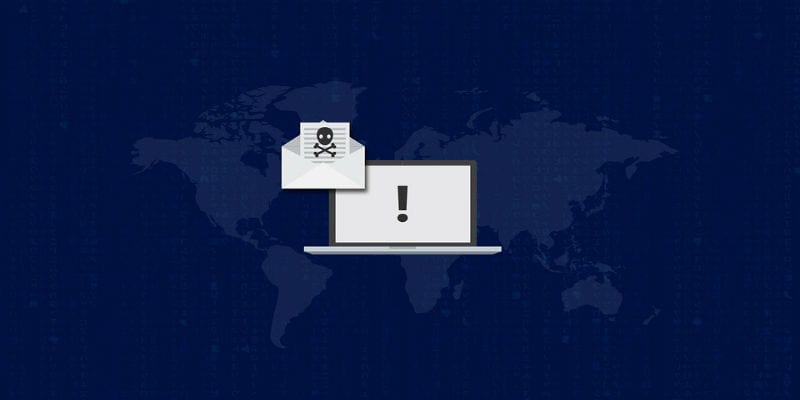Why You Need a Clear Phishing Prevention Plan for Your Business


Why does your business need a clear phishing prevention plan? What steps of incident response can you take care of ahead of time? Can it actually help mitigate an attack?
When we discuss cybersecurity, perhaps because of its already storied history, we tend to think of viruses battering on the gates until something breaks through. Granted, some attacks do still resemble that. However, it takes a sophisticated malware program modified over several iterations. Moreover, those kinds of attacks tend to attract attention from even legacy cybersecurity solutions.
So hackers often instead try another tack: they just ask users to let the attack go through.
After all, what is a phishing attack if not hackers politely (or not so politely) demanding users’ credentials or other means of entry? External threat actors know that with the right combination of impersonation (especially with spear-phishing attacks), stated urgency, and camouflage in the deluge of other communications, a phishing attack has a much higher chance of succeeding than most other cyber-threats.
Therefore, your enterprise needs to have a phishing prevention plan in place. But what does that entail?
Widget not in any sidebars
Critical Components of a Phishing Prevention Plan
Education, Education, Education
First, as with so many other categories of cyber-threats and cybersecurity, education proves key to fortifying your business. Remember, your biggest attack vector comprises your employees and their behaviors; even the most sophisticated cybersecurity solution can’t perform optimally if your employees constantly put your business at risk.
So you need to ensure your employees receive regular and compelling cybersecurity training and education. They should understand what to look for in a phishing attack and a spear-phishing attack, potential warnings signs. Further, you should make sure they understand your policies for clicking unrecognized links and for alerting your IT security team if they suspect a phishing attack.
Email security can catch a majority of threats before they end up in your employee’s email. Education can help cut down the number of phishing attacks even more.
Establish Clear Internal Communication Styles
Spear-phishing attacks represent the cumulative efforts of weeks of research and effort; they are targeted, manipulative, and difficult to detect. With information culled from social media and public announcements, hackers can figure out how to impersonate an employee or senior member of any enterprise. From there, they can ask employees (using fake email accounts) to do anything they might need to complete their attack.
Thus, your enterprise must establish a clear set of communication rules for employees and managers to ask other team members to make purchases, input logins, and the like. You can incorporate those communication rules into your workflows, clarifying how employees should recognize legitimate requests from more suspicious ones.
However, employees should also know who to contact (and how to contact securely) if they suspect that a seemingly legitimate request isn’t authentic.
Have a Clear Incident Response Plan (and Practice It)
Of course, all of the above components of a phishing prevention plan require a clear chain of incident response actors. If you don’t have one established, your enterprise should prioritize making one immediately.
This incident response plan should delineate who is responsible for what during a suspected and confirmed data breach; it should set up a threat hunting and threat mitigation team to handle and close the breach as quickly as possible. Additionally, it should outline communications to employees and relevant departments including Public Relations and Legal.
Of course, having a plan sitting on a shelf collecting dust helps no one. Instead, you need to practice your incident response throughout the enterprise on a regular basis, as you would practice a fire drill in the analog world. Only by practicing can you detect potential communication gaps and find vulnerabilities.
For more on forming a phishing prevention plan, check out the SIEM Buyer’s Guide.
Widget not in any sidebars


















